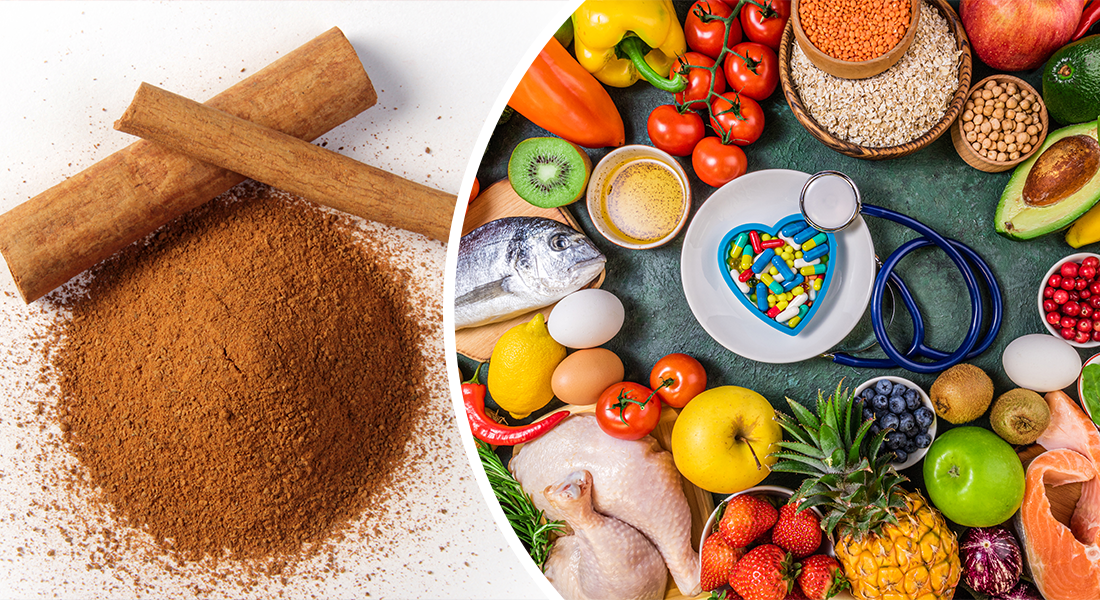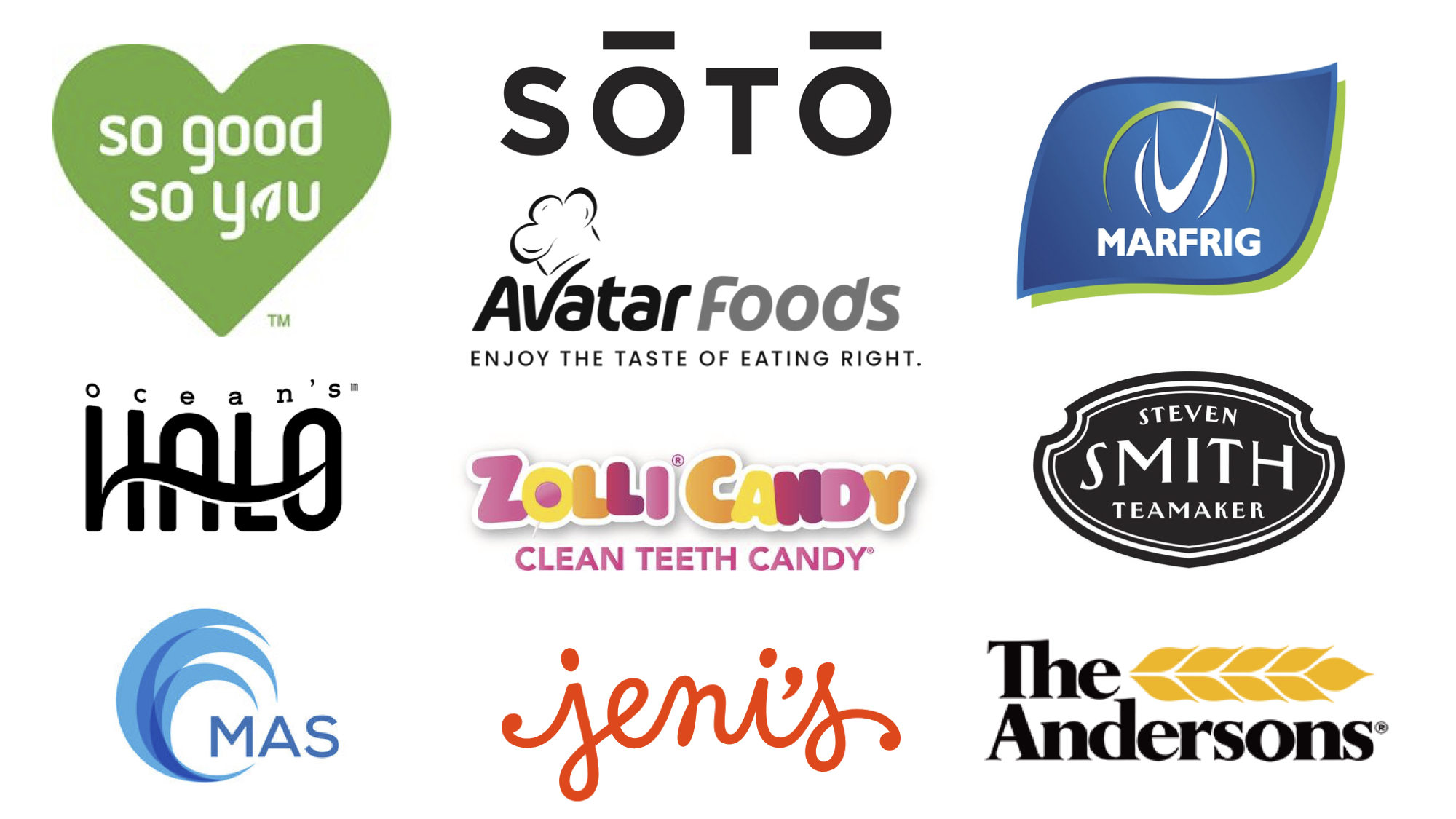Once the preferred beverage of free spirits and hippies, the fermented tea known as kombucha has entered the mainstream in a major way. In 2015, the global market for this fermented drink exceeded $700 million and is expected to grow to $1.8 billion by the year 2020.
The increasing demand for kombucha – and other products like fermented milk (kefir) – has had a big impact on the supply; once only found in health food and specialty stores, these fermented beverages can now be purchased from the average grocery store.
So what’s behind the rise in popularity of fermented foods and beverages like kombucha? A whole host of health claims – from improved digestion to boosted immunity – have been made regarding consumption of fermented foods.
In speaking with Chantale Houle, President of Canadian fermented herb producer, Kefiplant, I learned about the fermentation process and how food and beverage companies can develop fermented products to take advantage of this growing consumer interest. Here are 10 things you probably didn’t know about food and beverage fermentation:
1. Yogurt isn’t the only type of fermented food.
Though it’s certainly one of the most popular examples of fermented food, yogurt is far from the only product that benefits from the action of microorganisms. Sauerkraut, kimchi, kefir and of course, kombucha, are all examples of fermented foods and beverages that are growing in popularity.
2. Humans have been fermenting food and drink for thousands of years.
Although it was not until experiments performed by Louis Pasteur in the 1850s and 1860s that we truly understood that microorganisms were the agents behind the fermentation process, humans had already been using fermentation to create food and beverages for thousands of years. In fact, some evidence suggests that humans brewed beer before they ever discovered another popular fermented product: bread.
3. Fermented food and beverages may contain more bioavailable nutrients.
There has been renewed interest in recent years in investigating the potential health benefits of consuming functional foods such as black tea, ginger and turmeric. Small studies have provided evidence that these compounds in these botanical ingredients may contribute to cardiovascular health, reduce symptoms of nausea, and have anti-inflammatory properties, respectively.
In the case of turmeric’s primary active compound curcumin, the nutrient is poorly absorbed by the body, limiting its potential therapeutic effects. According to Houle, fermenting turmeric using a symbiotic culture of bacteria and yeast, helps release some of the beneficial compounds, making them more easily digestible.
“When you consume a fermented food, it is much easier for the body to absorb the nutrients as it is already predigested,” explained Houle. “That’s the number one benefit of fermentation.”
4. Fermented food and beverages may contain nutrients that are beneficial to intestinal bacteria.
The complement of beneficial microorganisms that inhabit our intestinal tract – cumulatively known as the gut microbiome – is increasingly being recognized as an important factor in the maintenance of good health. In particular, the development of autoimmune conditions such as irritable bowel disease has been linked to dysbiosis in the large intestine.
“Fermentation will naturally create fermentation metabolites, like organic acids, antioxidants and enzymes that naturally support a healthy gut,” said Houle. “The acetic acid and gluconic acid created by the bacteria are good nutrients that are particularly important.”
Acetic acid is a short chain organic acid that is also produced by intestinal bacteria and can be used as an energy source for colonocytes. These organic acids could support colon health by supplementing the intestinal bacteria’s natural fermentation of carbohydrates.
5. The demand for fermented food and beverages is increasing.
Kombucha is considered to be the fastest-growing product in the US functional beverages market and big food companies are taking notice. Late last year, PepsiCo announced it would be acquiring kombucha company KeVita, in an effort to further expand its non-soda options.
The timing for the deal is right as soft-drink consumption is on the decline in the US. As health-conscious consumers look for tasty and healthy alternatives to pop, they may reach for naturally-carbonated, functional beverages like kombucha.
6. There is more than one type of fermentation.
Considering that beer, yogurt and sauerkraut are all examples of fermented foods, you might assume that they’re all created using the same type of fermentation. However, there are actually multiple types of fermentation including lactic, alcoholic and symbiotic.
“When you talk about beer, you will talk about alcoholic fermentation,” said Houle. “If you talk about yogurt or cheese or something with milk, you are going to talk about lactic fermentation.”
Alcoholic fermentation requires the addition of yeast, while lactic fermentation is performed by specific lactic bacteria (e.g. Lactobacillus sp.). Symbiotic fermentation involves the cooperative action of both acetic bacteria and yeasts and will be discussed more in the next point.
7. Not all fermentation processes are created equal.
Symbiotic fermentation incorporates both bacteria and yeasts to closely mimic the type of fermentation processes that naturally occur in the gut. The intestinal microflora represents a fine balance in a healthy individual, and consuming fermented foods may help to maintain this balance by enriching the environment with beneficial bacteria and yeasts.
“When you take bacteria and yeast and they work together in a symbiosis, they are much stronger than a lactic or alcoholic fermentation,” said Houle. “They need to work together to be effective and to survive in their environment.”
8. Manufacturing fermented products involving bacteria and yeast does not necessarily mean more quality control is necessary.
In a food manufacturing environment, bacteria are often the enemy. Quality control professionals work hard to ensure that the products they produce are free of potential foodborne pathogens.
It stands to reason that food companies may be wary of incorporating beneficial microbes into their products. However, according to Houle, creating a fermented product doesn’t have to make a quality control professional’s job more difficult.
“If a company wants to create a stable product, they can take the fermentation product and pasteurize it,” said Houle. “So then there is no risk of contamination at all because the yeast and bacteria will all be dead. This process ensures that consumers will still benefit from the fermentation metabolites that have health benefits.”
Houle says that around 95 percent of her clients are looking to create a live product. She says that this means products must be stored in the fridge. However, food companies need not be overwhelmed by the prospect of creating a fermented product as she often applies her expertise to help companies manage quality control of the process.
9. Many strains of bacteria and yeasts are ideal for different fermentation applications.
When it comes to selecting strains for any fermentation product, it’s important to consider the starting material and the desired end result. For example, bacteria belonging to the genus Acetobacter are aerobic microorganisms that convert alcohol into acetic acid, or vinegar. Because of this ability, these bacterial strains are often used in fermented drink applications like kombucha.
Lactobacillus, on the other hand, converts sugars into lactic acid and is often used to ferment milk products such as yogurt and cheese. Saccharomyces cerevisiae is commonly known as ‘baker’s yeast’ because of its leavening effects used for bread making.
When it comes to kombucha, it’s all about the symbiotic culture of acetic bacteria and yeast (SCOBY).
10. Some fermented foods are self-preserving and shelf-stable.
Depending on the type of fermented food or beverage, they may shelf-stable or they may be required to be kept in the fridge. Some products of fermentation, such as acetic acid, act as natural preservatives by inhibiting the growth of potentially pathogenic microorganisms.
“When we talk about symbiotic fermentation, an example that is easy for people to understand is apple cider vinegar,” said Houle. “Apple cider vinegar is known to be naturally preservative, and it’s not going to turn bad over time. You can keep it for a year because it’s shelf stable and it preserves itself.
“So the kind of fermentation we do is in the same category. Our product is stable for a year at room temperature, and the yeast and bacteria are alive. If they are in a good environment they are going to be safe and naturally preserve the food. So that’s one of the advantages of using fermented botanicals in supplements, beverages or food.”
If you’re considering how fermented foods and beverages could add value to your food business, watch the recording for Kefiplant’s webinar titled, “How to Upgrade Kombucha and Functional Beverage, Food, Supplement Products with Symbiotic Botanical Fermentation.”
What are your opinions on the claimed health benefits of fermented foods? Share your views in the comments section below!








Join or login to leave a comment
JOIN LOGIN